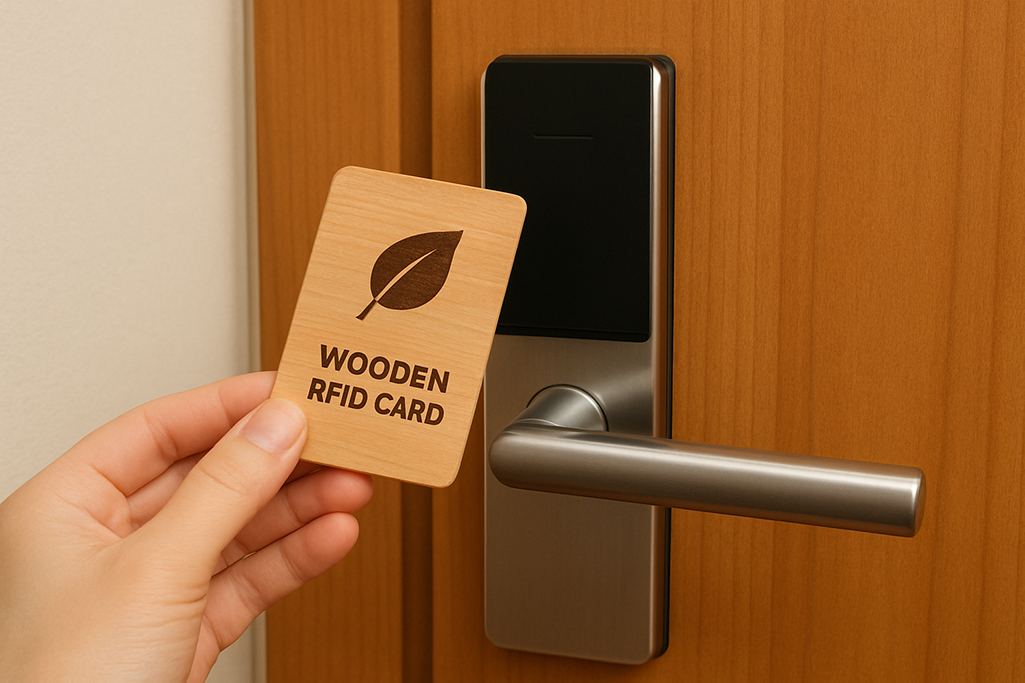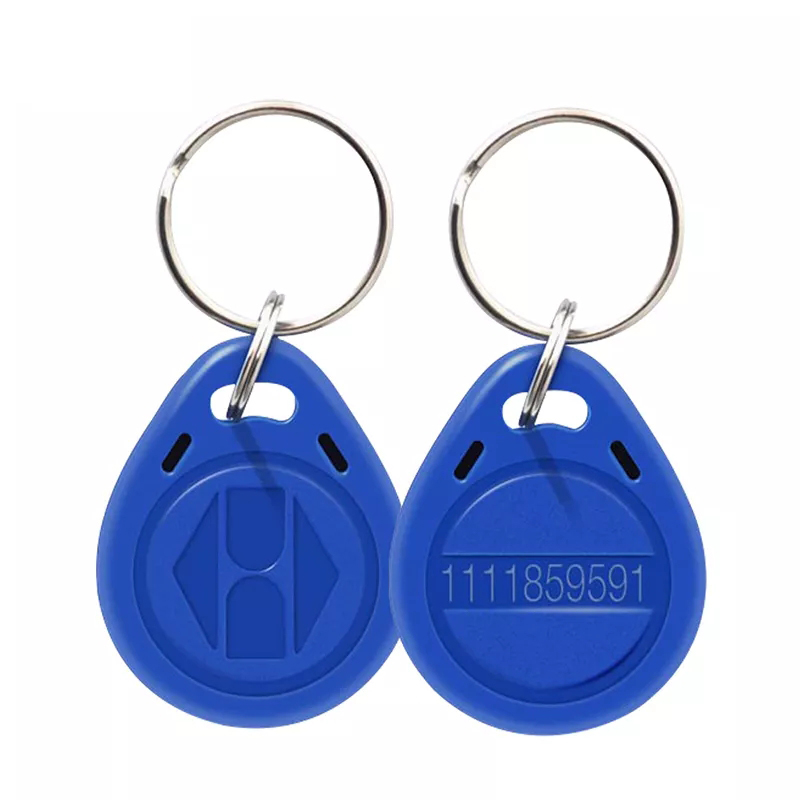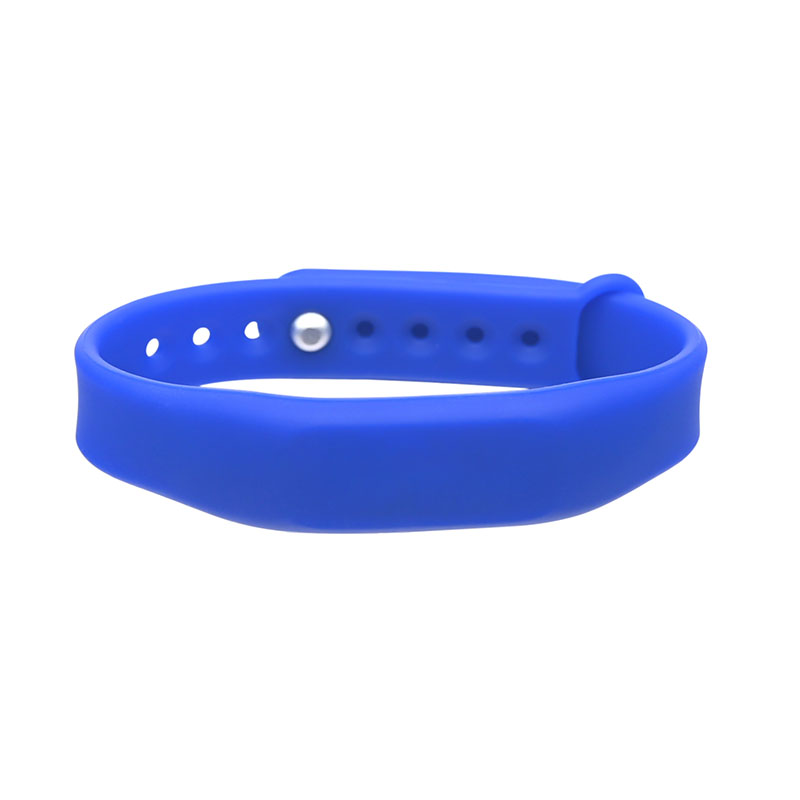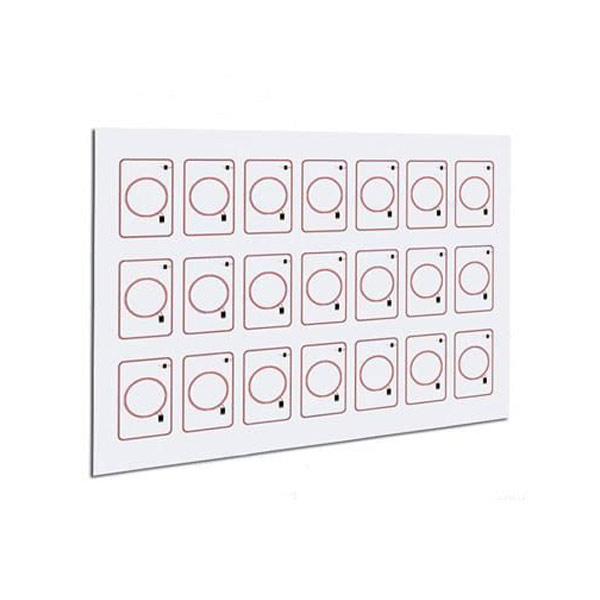
In recent years, businesses have been increasingly looking for sustainable, eco-friendly alternatives to traditional materials — and RFID cards are no exception. While plastic cards have long been the standard choice for access control, loyalty programs, and identification, a growing trend is emerging in favor of renewable materials — particularly the wooden RFID card. These cards seamlessly integrate advanced technology with the timeless beauty of nature.
In this article, we’ll explore five compelling reasons why businesses should strongly consider the switch to wooden RFID cards for their next project.
1. Environmentally Friendly & Sustainable Materials
Environmental Advantages
The primary reason to choose wooden RFID cards lies in their sustainability. Unlike plastics, which can take centuries to break down, wooden RFID cards are biodegradable and crafted from renewable resources. Wood, as a natural material, can be managed, replenished, and harvested responsibly, making it a more eco-sensible option for forward-thinking businesses.
Many suppliers now use FSC-certified wood or sustainably managed timber. When these cards replace plastic ones, companies reduce the environmental footprint associated with manufacturing, waste, and carbon emissions.
Aligning with Green Initiatives
For hotels, resorts, retailers, and event organizers that have green policies or sustainability goals, using wooden RFID cards is a strong, tangible action. Substituting plastic cards with wood helps reduce plastic waste and supports a brand’s environmental image. It’s not just about looking good — it’s about walking the talk.
By adopting wooden RFID cards, companies send a clear message: you are committed to sustainability, and you invest in the planet as much as in your guests or customers.
2. Unique & High-End Aesthetic Appeal
Natural Texture & Distinct Identity
Wood as a material carries natural warmth, grain, and texture — qualities impossible to duplicate in plastic. Each wooden RFID card will have subtle variations, giving it a unique character that enhances premium branding. In an age where consumers seek personalized experiences, the tactile and visual uniqueness of a wooden card adds emotional weight.
Customization to Match Your Brand
Wooden RFID cards allow for extensive design possibilities:
Laser engraving for crisp logos or text, giving depth and subtle contrast
UV printing for full-color graphics and vibrant branding
Hot stamping or foil finishing for metallic accents
Unique shapes or edge treatments to distinguish the card physically
These design options let the card itself reflect your brand identity — not just as a functional object, but as a branding touchpoint in guests’ hands.
Elevating Brand Perception
Imagine the impact when a guest receives a wooden key card instead of plastic — the experience feels more thoughtful, exclusive, and aligned with luxury values. For premium hotels, boutique resorts, eco-lodges, or high-end retail, the card becomes part of the brand narrative. It signals that your brand values quality, authenticity, and thoughtful detail.
3. Durability & Longevity
Engineered for Real-World Use
While wood may seem delicate at first glance, high-quality wooden RFID cards are engineered with durability in mind. With protective coatings, sealants, and surface treatments, these cards can resist moisture, scratches, and fading — even in challenging climates like those in Southeast Asia.
They’re built to last through frequent handling, exposure to humidity, and daily wear — important for hospitality, membership, and event usage.
Uncompromised Chip Performance
Despite the wooden outer material, the embedded RFID or NFC chip works seamlessly. The wood does not interfere with radio signal transmission, meaning the card’s read/write performance remains on par with plastic counterparts. Whether your system uses LF, HF (e.g. 13.56 MHz MIFARE), or UHF, the functionality stays intact.
Cost Efficiency Over Time
Though wooden RFID cards might cost slightly more upfront, their lifespan and brand value often offset the additional cost over time. They resist damage better, reducing replacement frequency. Moreover, customers may hold onto them longer — turning the card into a keepsake, further extending your brand visibility.
In fact, for high-traffic environments like resorts, beach clubs, or corporate offices, wooden RFID cards can be a smarter long-term investment than constantly swapping out plastic ones.

4. Broad Applicability & Versatility Across Industries
Wooden RFID cards are not niche gimmicks — their combination of aesthetics and functionality makes them suitable across multiple uses and sectors.
Key Use Cases
Hospitality: Room key cards for hotels, resorts, eco-lodges
Retail & Membership: Loyalty cards, VIP passes, membership IDs
Events & Festivals: Entrance tickets, VIP passes, souvenir cards
Corporate / Office: Staff access cards, visitor badges, smart cards
Their adaptability makes them a strong option whether you run a boutique hotel in Bali, a café in Kuala Lumpur, or a co-working space in Ho Chi Minh City.
Marketing & Functional Synergy
Using wooden RFID cards gives dual benefits — they function as access or membership credentials and serve as branding assets. Each time a customer uses the card, they’re reminded of your brand’s values and quality. It’s a subtle, continuous marketing touchpoint.
In sum, wooden RFID cards combine style, utility, and storytelling in a single product.
5. Seamless Integration with Existing RFID Technology
Support for Standard Protocols
Wooden RFID cards support all the major frequency standards used in access control and smart systems:
LF (125 kHz)
HF (13.56 MHz) — including MIFARE®, DESFire®, NFC
UHF (860–960 MHz)
This ensures that you can adopt wooden RFID cards without overhauling your current infrastructure. Your existing card readers, encoders, access control systems, and software can continue working without modification.
Precision Engineering & Signal Integrity
The wood thickness, chip placement, and material composition are engineered carefully to avoid signal loss. Proper design ensures that the wood layer doesn’t dampen or obstruct radio waves, preserving consistent read distances and stable performance.
Smart & Sustainable, Together
Switching to wooden RFID cards gives you the best of both worlds: modern contactless technology and eco-friendly materials. This integration makes it easy for brands to upgrade their image without compromising on performance, reliability, or cost.
Beyond Functionality: Emotional & Competitive Value
Wooden RFID cards are not just technical objects — they carry emotional resonance and competitive positioning in a market where brand experience matters strongly.
Expressing Brand Philosophy
When a guest taps a wooden card, it silently tells them: you care about environment, you care about design, and you care about details. It’s a physical manifestation of your brand values in day-to-day interactions.
Turning Transactions into Experiences
In Southeast Asia’s hospitality and retail markets, many brands compete on experience. A beautifully designed wooden RFID card makes a simple action — opening a door, entering a VIP lounge, redeeming a membership point — feel more refined. That kind of small luxury can turn indifferent customers into loyal fans.
Differentiation in a Crowded Market
In regions where many hotels, boutiques, and event brands look similar, wooden RFID cards help you stand out. They become talking points, social media highlights, and testimonials to your brand’s innovation and responsibility.
Choosing wood over plastic is more than a material decision — it’s a branding decision.
Conclusion: Wooden RFID Cards Are the Future
Wooden RFID cards represent the convergence of technology, sustainability, and design. They deliver the reliable performance of traditional RFID solutions while adding environmental value, premium aesthetics, and emotional branding.
For aiming to stand out, build loyalty, and signal responsibility, switching to wooden RFID cards is more than a trend — it’s a strategic upgrade.
If you’re ready to explore custom wooden RFID card solutions , partner with an experienced RFID manufacturer. Let your next card tell a story — one of craftsmanship, innovation, and care for the planet.






